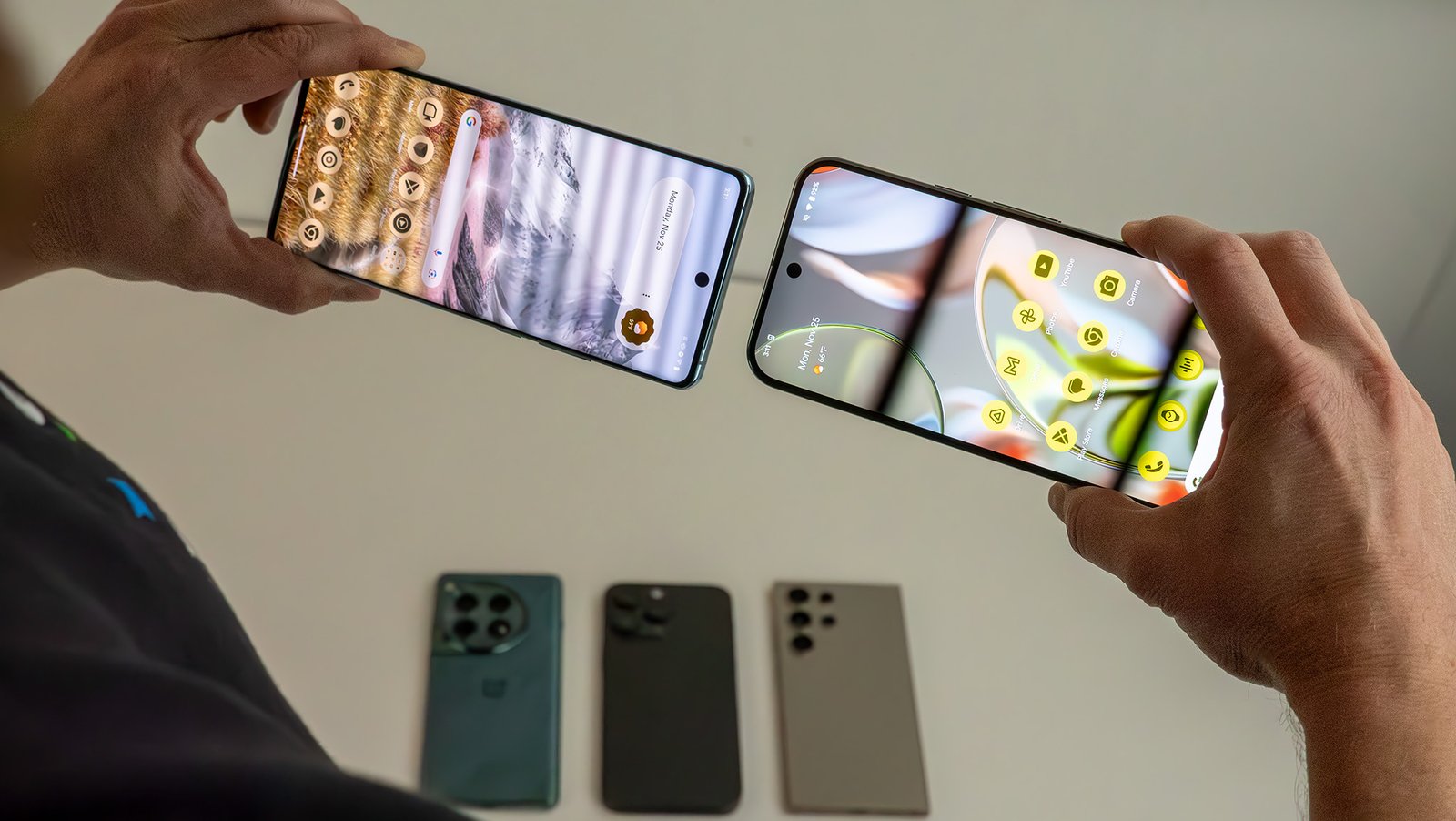The Google Pixel 10 series is approaching, as previous trends suggest, and with that comes a gradual unveiling of the final details regarding Google’s upcoming flagship smartphones.
A recent report from Android Authority indicates that Google may be enhancing the PWM dimming rate of the Pixel 10 Pro to 480Hz, a notable upgrade from the current 240Hz. Samsung implemented this change with the Galaxy S24 lineup, maintaining the 480Hz rate for the Galaxy S25 series.
However, Android Authority has only discovered indications that the Pro model will see this upgrade, leaving the standard Pixel 10 unchanged. Moreover, even 480Hz does not adequately address the concerns some users have with PWM dimming, as it still falls short of meeting basic IEEE flicker requirements. To do so, Google would need to implement at least a 1920Hz PWM dimming, while competitors like the Honor Magic 7 Pro utilize 4320Hz PWM.
(Some) signs of hope

In April, Google acknowledged its awareness of this issue, stating that it is “aware and investigating” and that “updates can be expected later this year.” This likely refers to the Pixel 10 series, and indications suggest that enhancements are on the way.
During a conversation with Android Authority’s Mishaal Rahman about the code hinting at PWM dimming enhancements, it emerged that Google could be introducing an additional accessibility setting aimed at users “with sensitive eyes,” as its name suggests.
Devices such as the OnePlus 13 and Motorola Razr Ultra 2025 already feature accessibility options for users sensitive to flicker, showing that Google can implement similar solutions. This would allow Pixels to combine high-quality displays with increased eye comfort.
My hope is that the anticipated accessibility setting for sensitive eyes will enable users to further elevate the dimming rate, as 480Hz isn’t sufficiently rapid to alleviate the issue.
I believe Google could significantly increase the PWM dimming rate to 10 times its current speed or more, as demonstrated when I managed to upgrade the Pixel 8 Pro’s PWM dimming to 4800Hz. Google often employs lower PWM rates to maximize display brightness, but for users like myself, reducing headaches caused by flickering takes precedence over sheer brightness.
I want to use Pixels again
I hope Google enhances the baseline PWM rate for all users and offers options for those with sensitivities to further boost the PWM dimming frequency. Currently, I have to avoid using Pixel phones as my daily device because their overly bright displays flicker at rates that cause eye pain and headaches.
If improvements aren’t forthcoming, I may have to wait another year for Google to upgrade its displays to be more accommodating for those with flicker sensitivity. Nonetheless, we will soon learn more, as Google is expected to unveil the Pixel 10 in the coming weeks.
